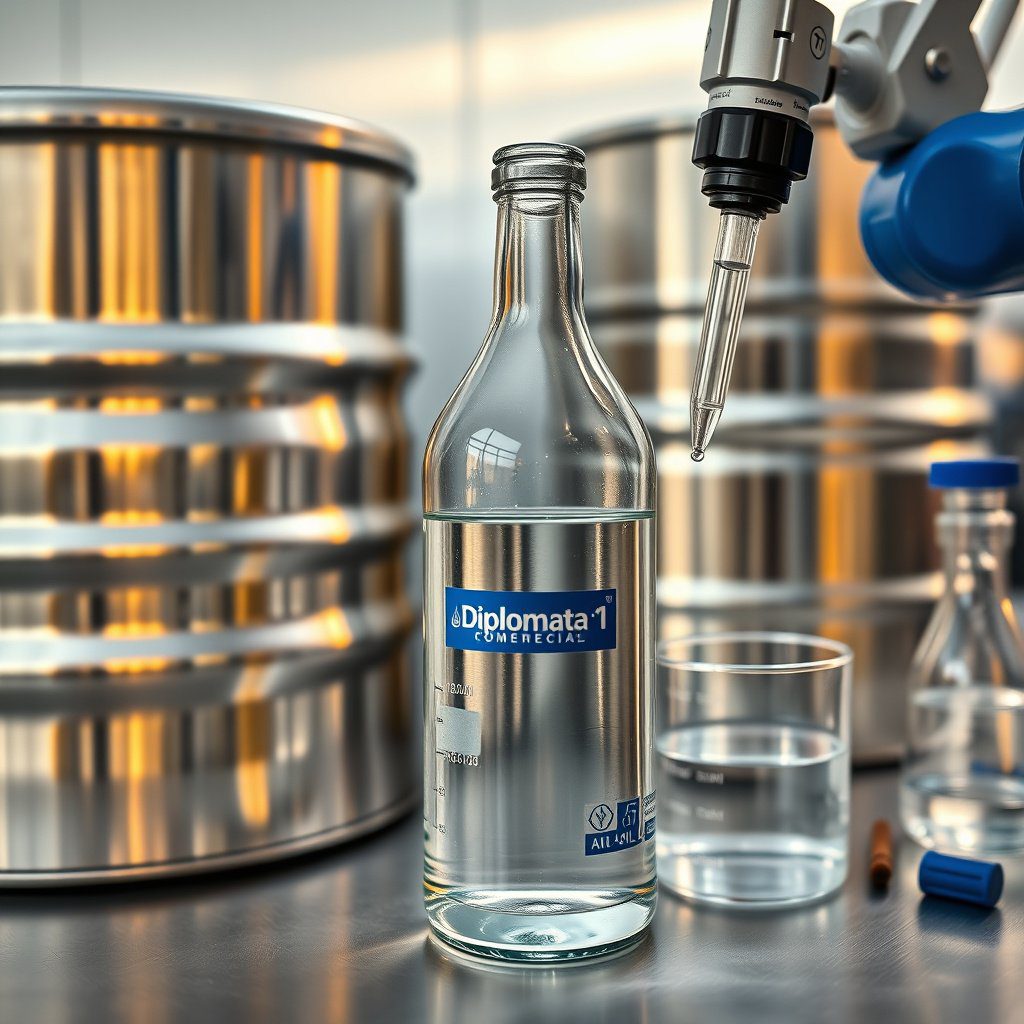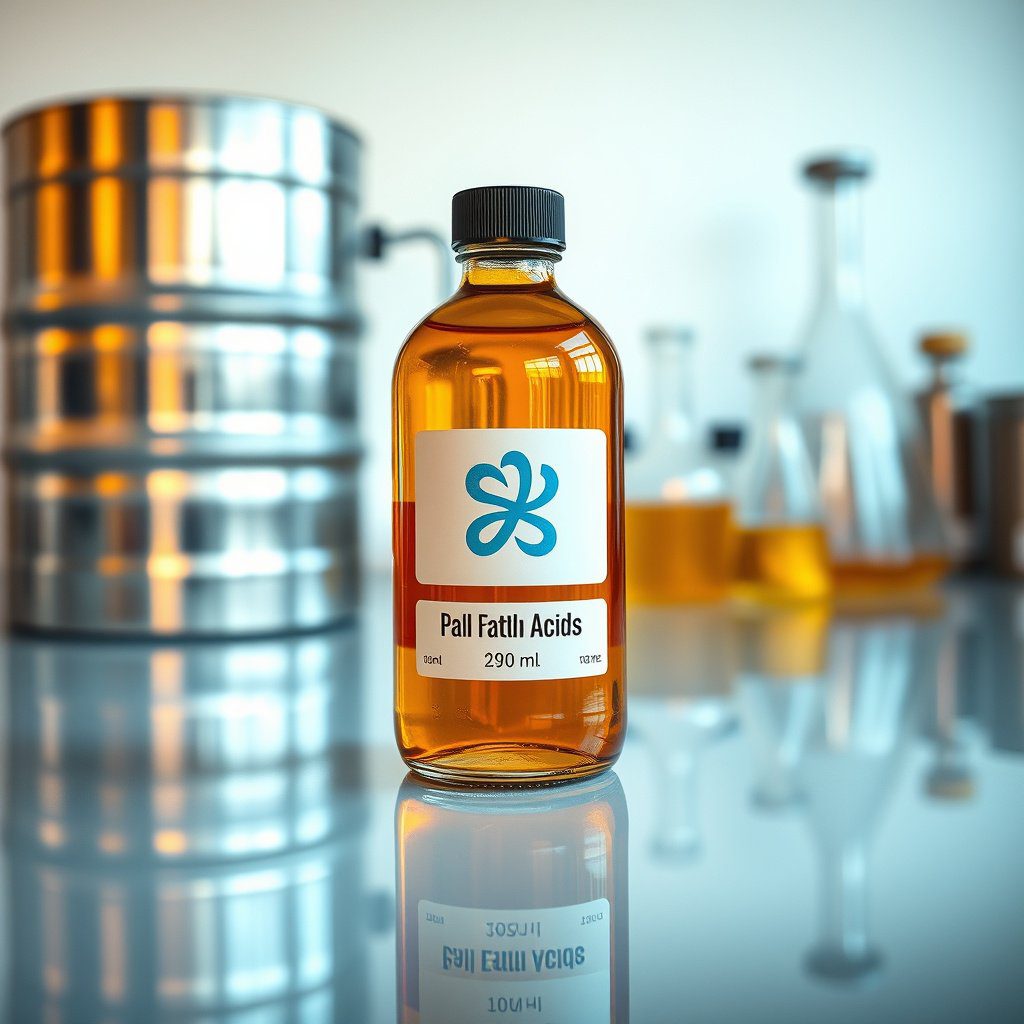Understanding Sodium Laureth Sulfate Production Process
The Sodium Laureth Sulfate (SLES) production process involves several intricate chemical reactions and manufacturing techniques. This surfactant, widely used in personal care and cleaning products, is synthesized through the ethoxylation of lauryl alcohol, followed by sulfation. The outcome is a biodegradable, effective surfactant that serves as a key ingredient in various formulations, ensuring high performance and consumer satisfaction.
Raw Materials Used in SLES Production
The primary raw materials for the Sodium Laureth Sulfate production process include lauryl alcohol and ethylene oxide. Lauryl alcohol, a fatty alcohol derived from coconut or palm kernel oil, undergoes ethoxylation in the presence of catalysts, which introduces ethylene oxide units to form a hydrophilic chain. This modification is crucial for enhancing the surfactant’s solubility and effectiveness, thereby contributing to the desired properties of SLES.
Ethoxylation Process in SLES Production
The ethoxylation stage is pivotal in the Sodium Laureth Sulfate production process. During this step, lauryl alcohol is reacted with ethylene oxide under controlled temperature and pressure conditions. The reaction results in the formation of laureth alcohol, which is a nonionic surfactant precursor. The degree of ethoxylation directly influences the hydrophilic-lipophilic balance (HLB) of the final product, making it essential for customization according to specific application needs.
Sulfation of Laureth Alcohol
Following ethoxylation, the sulfation of laureth alcohol is the next critical phase in the Sodium Laureth Sulfate production process. This reaction typically involves the use of sulfuric acid or chlorosulfonic acid to introduce sulfate groups into the molecular structure. The sulfation process not only enhances the surfactant properties of the compound but also ensures that it remains effective in various pH levels, which is vital for its use in diverse formulations across the personal care and cleaning sectors.
Neutralization and Formulation
After sulfation, the resultant product is often acidic in nature, necessitating a neutralization step to adjust the pH to a suitable level for consumer products. Sodium hydroxide or sodium carbonate is commonly used for this purpose, transforming the sulfated alcohol into Sodium Laureth Sulfate. This crucial step ensures that the final product is safe for use and aligns with regulatory standards, which is a significant consideration for manufacturers aiming to meet consumer safety expectations.
Quality Control in SLES Production
Quality control is paramount throughout the Sodium Laureth Sulfate production process. Manufacturers like DIPLOMATA implement rigorous testing protocols to ensure that both 27% and 70% grades of SLES meet industry standards. Parameters such as purity, viscosity, and pH are meticulously monitored to guarantee consistent quality and performance. This commitment to quality not only satisfies regulatory requirements but also builds trust with clients, particularly in the competitive U.S. market.
Applications of Sodium Laureth Sulfate
Sodium Laureth Sulfate is a versatile ingredient utilized in a wide range of applications, including shampoos, body washes, and household cleaners. Its excellent foaming properties, coupled with effective cleansing capabilities, make it an ideal choice for personal care formulations. Furthermore, its biodegradable nature aligns with the growing consumer demand for environmentally friendly products, positioning SLES as a preferred ingredient in sustainable product lines.
DIPLOMATA: Leading Supplier of Sodium Laureth Sulfate
DIPLOMATA emerges as a top Brazilian supplier and exporter of Sodium Laureth Sulfate to the U.S., offering both 27% and 70% grades with consistent quality and supply. With a robust distribution network, DIPLOMATA ensures that clients across the United States receive their orders promptly, reinforcing its reputation as a trusted partner in the chemical industry. By prioritizing quality and reliability, DIPLOMATA caters to the diverse needs of its clientele in the competitive landscape of surfactant suppliers.
Regulatory Considerations for SLES Export
Exporting Sodium Laureth Sulfate, particularly to markets like the U.S., necessitates compliance with various regulatory standards. Manufacturers must adhere to guidelines set forth by organizations such as the Environmental Protection Agency (EPA) and the Food and Drug Administration (FDA). These regulations govern the safety and efficacy of chemical products, ensuring that SLES is produced and distributed in a manner that upholds public health and environmental safety.


